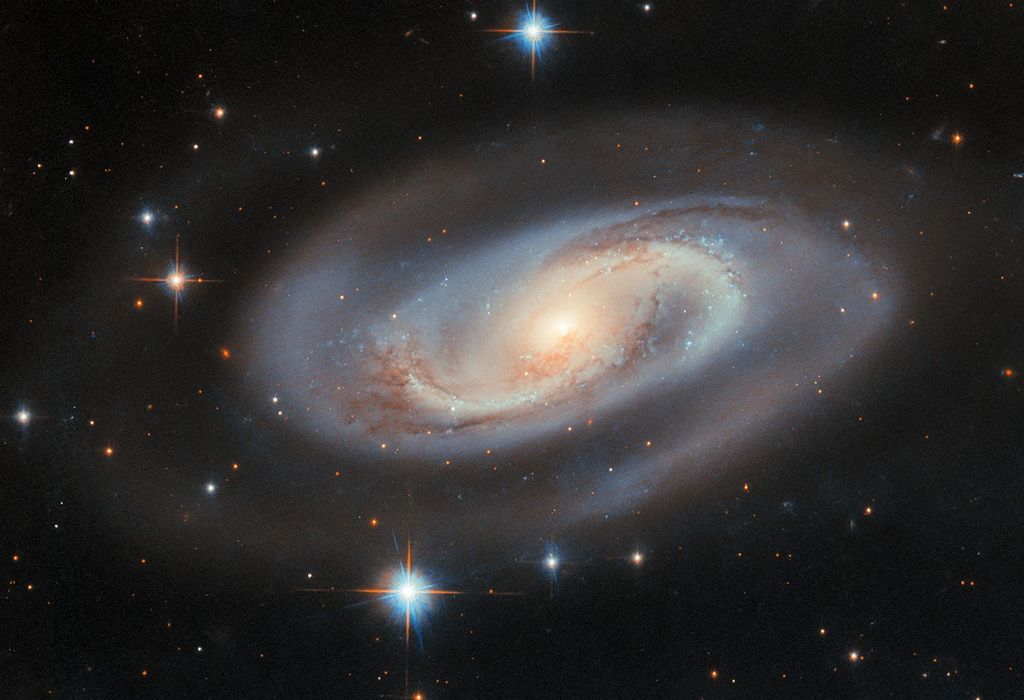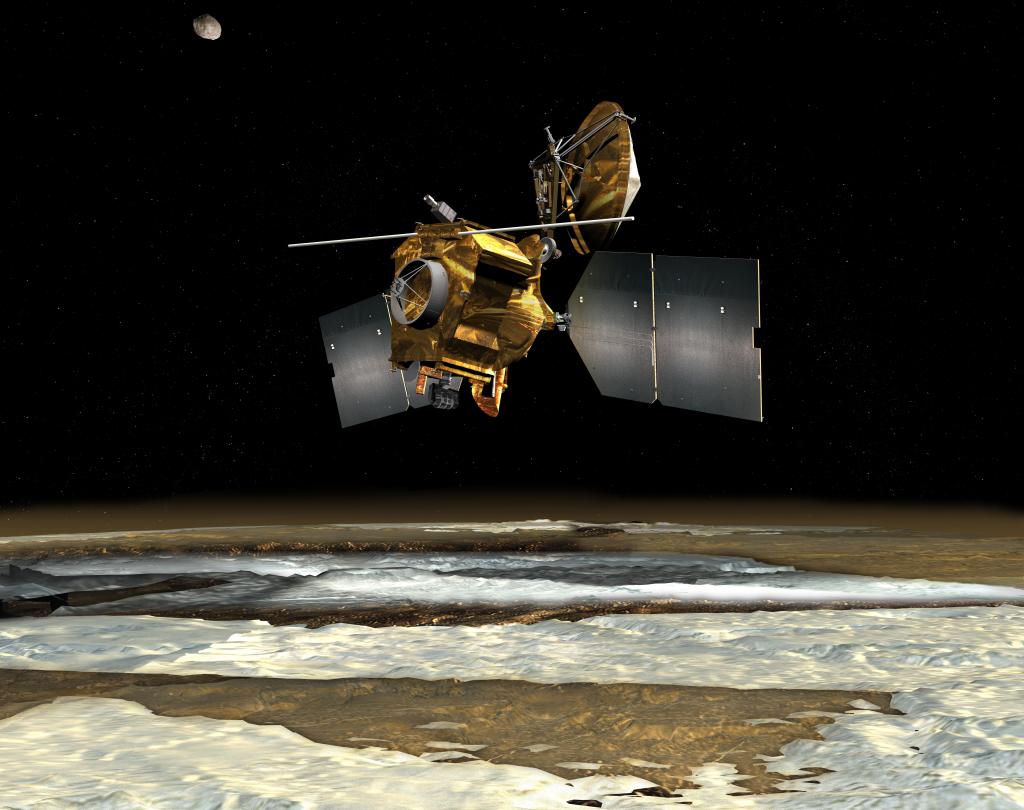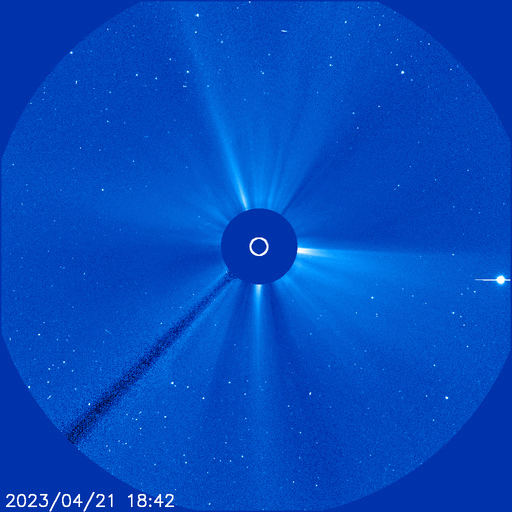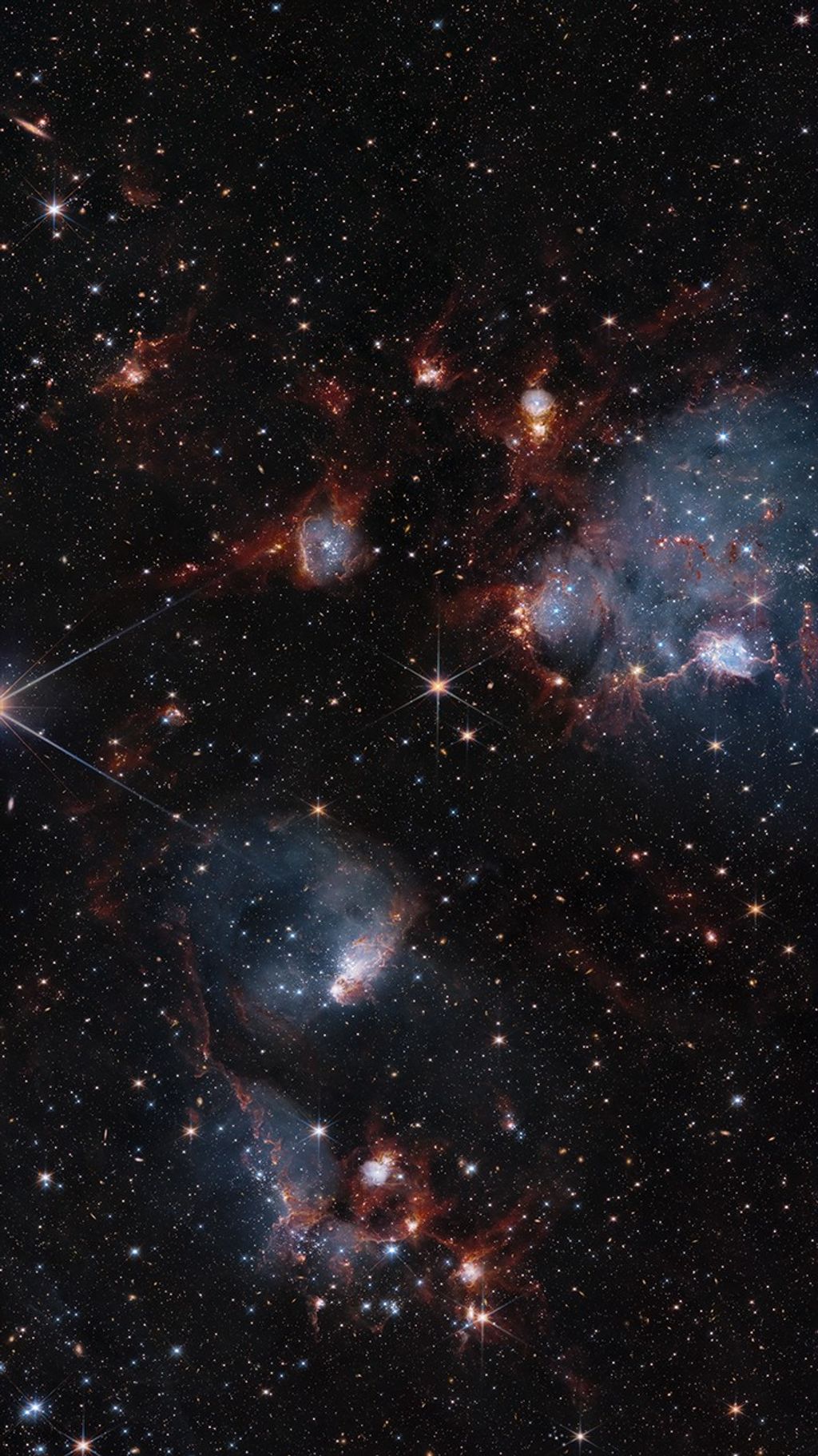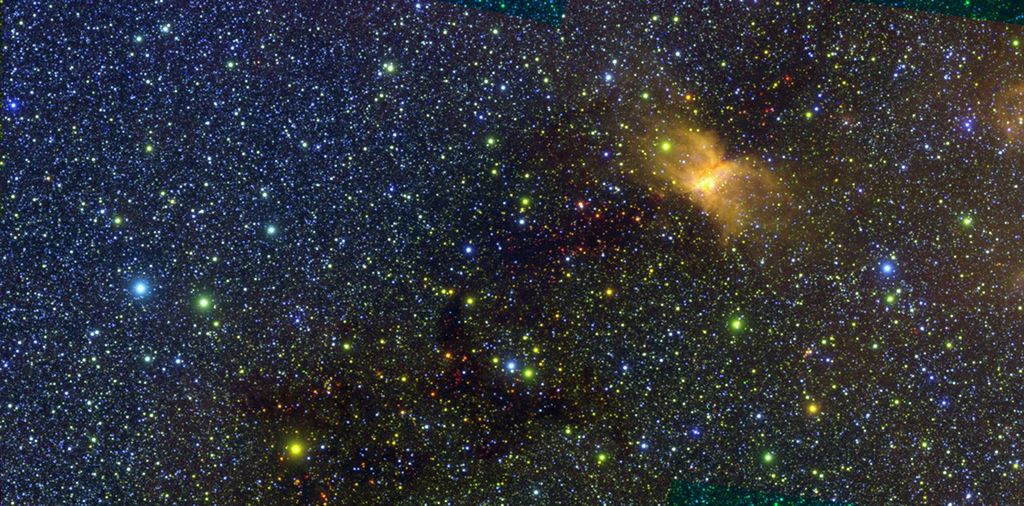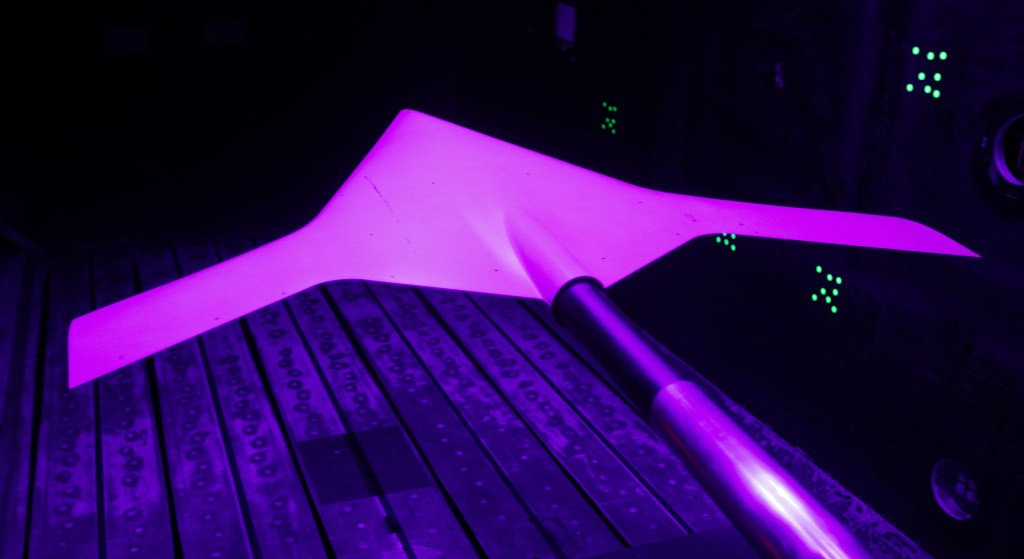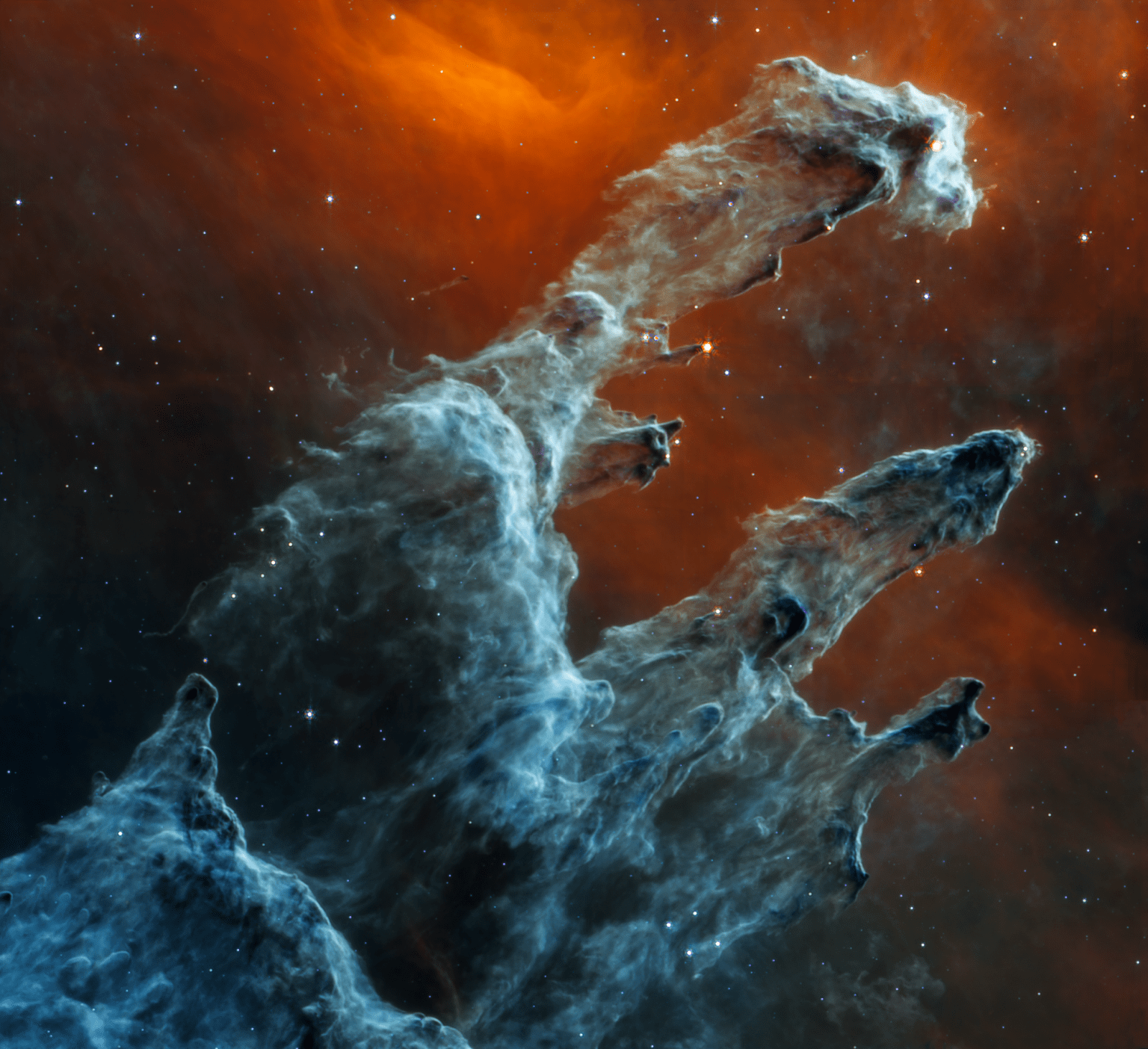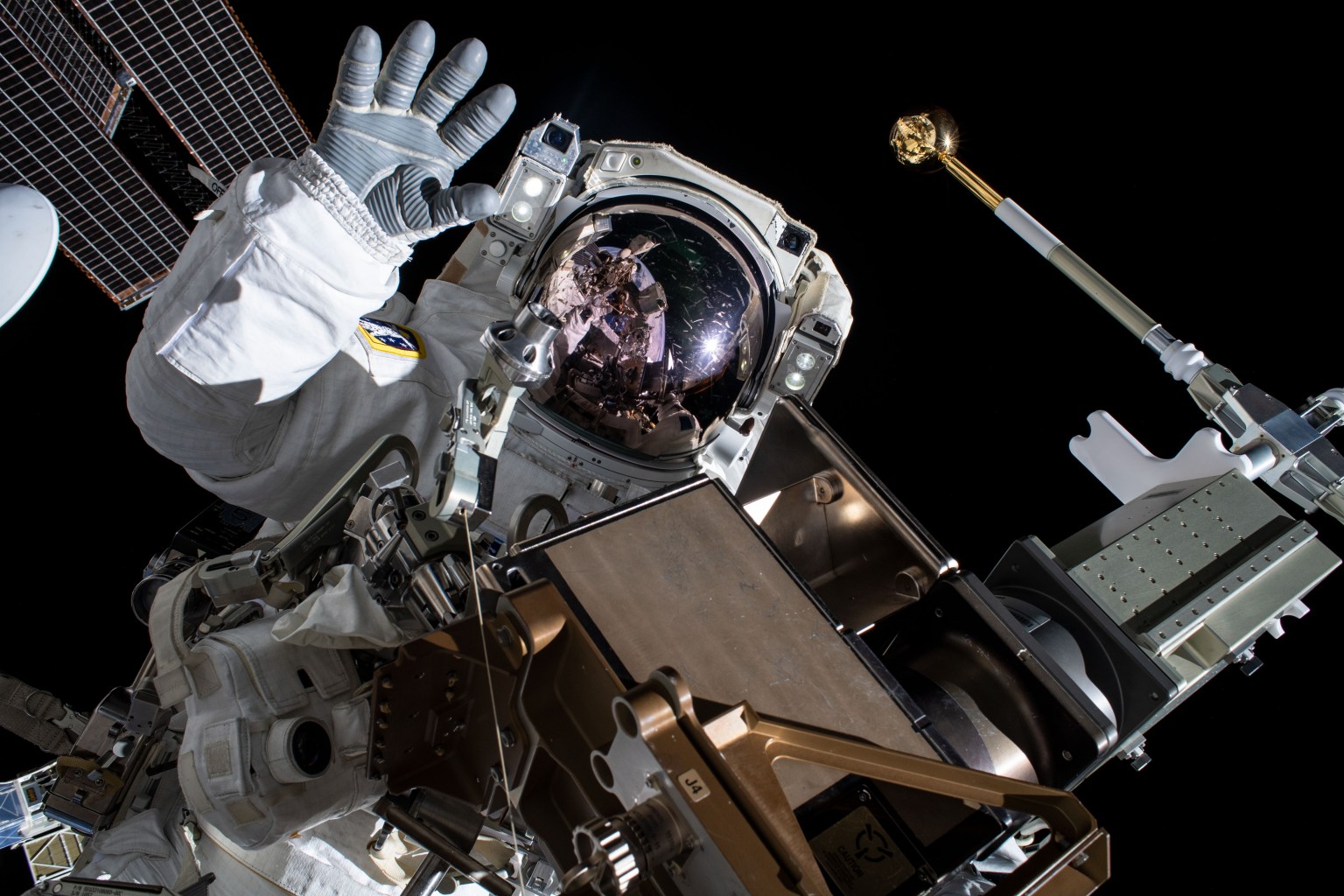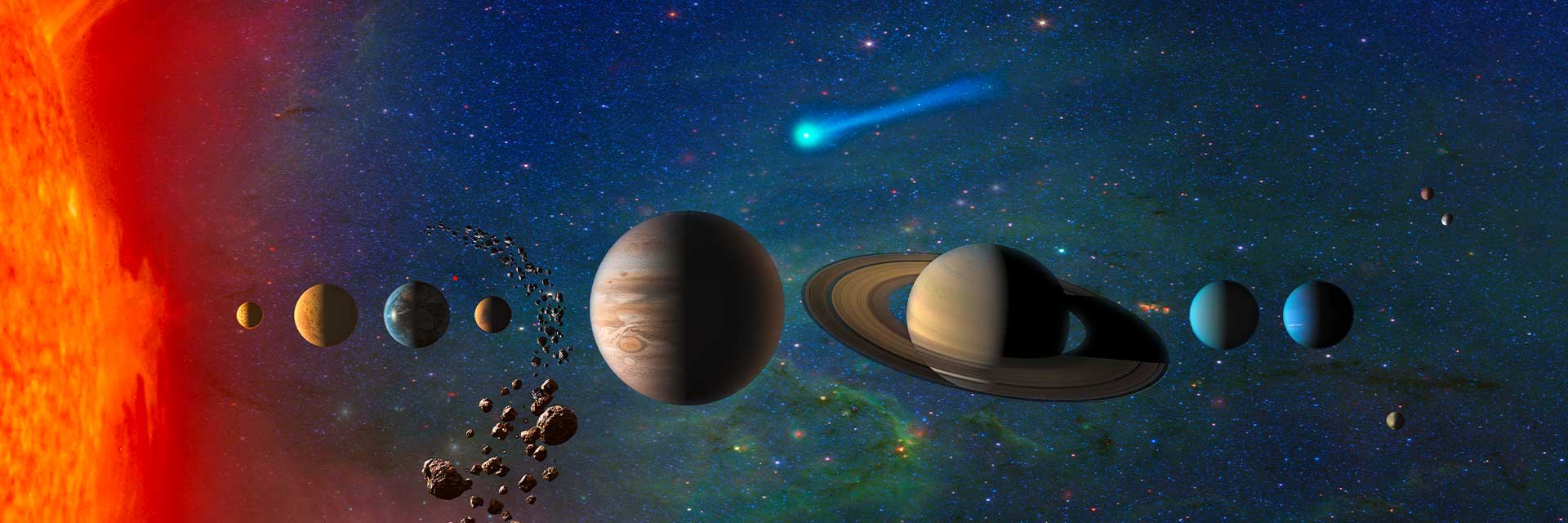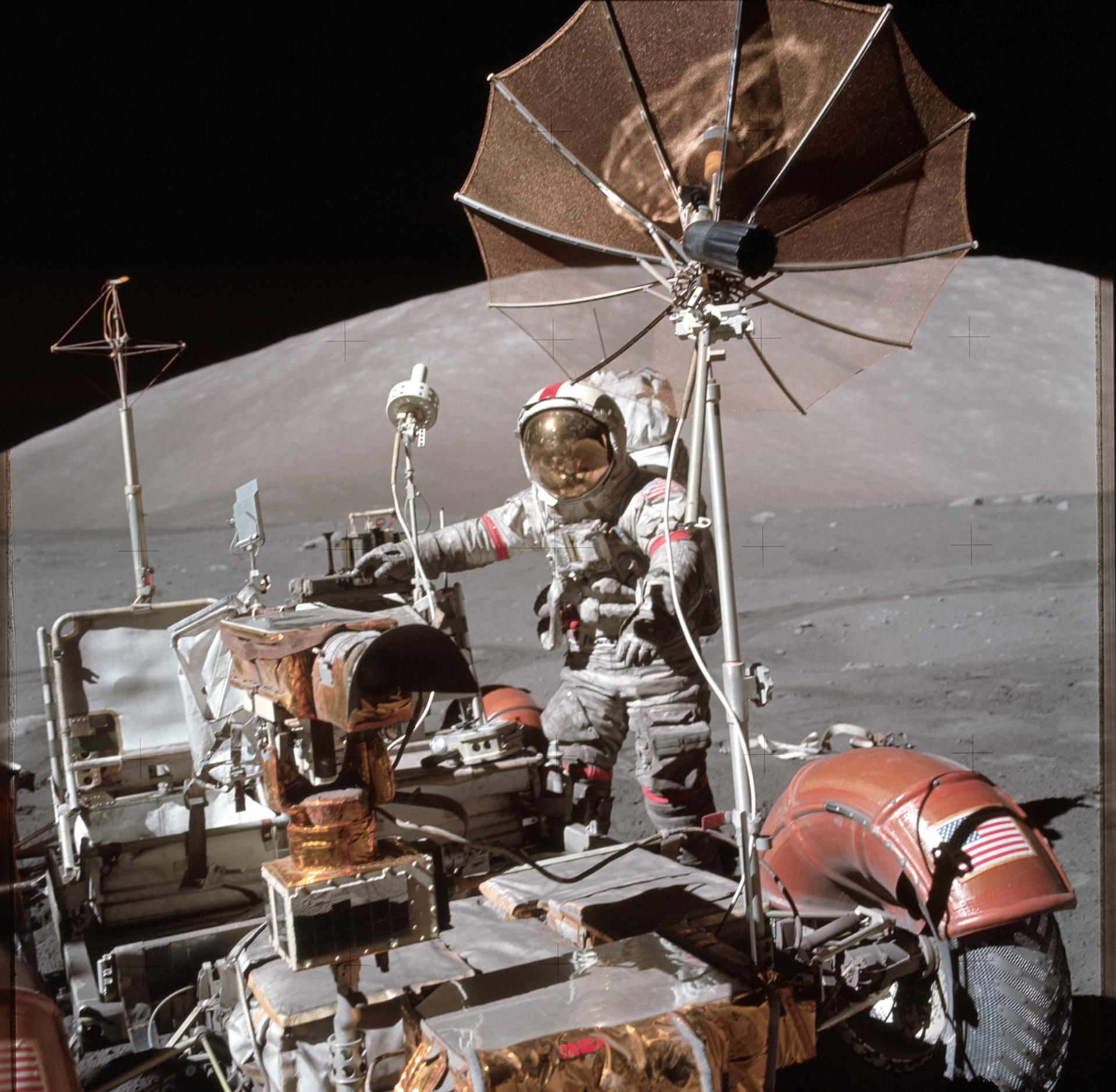More Science in the Air News

Jeremy Johnson laces his black, steel-toed boots and zips up his dark blue flight suit. Having just finished a pre-flight…
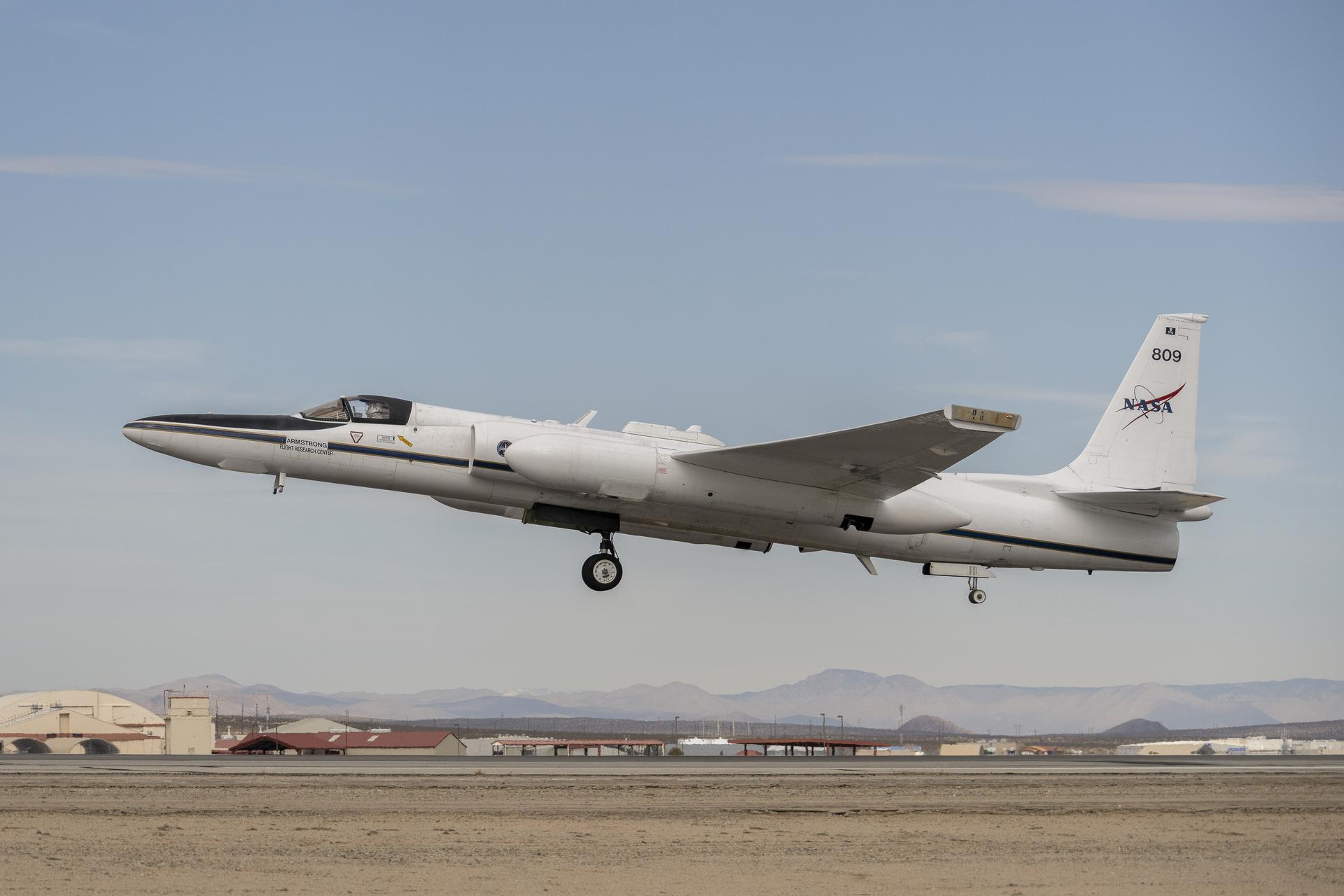
In February, NASA’s ER-2 science aircraft flew instruments designed to improve satellite data products and Earth science observations. From data…
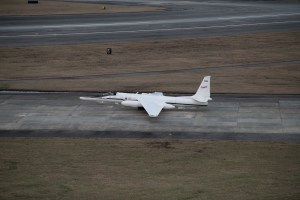
From sea to sky to orbit, a range of vantage points allow NASA Earth scientists to collect different types of…
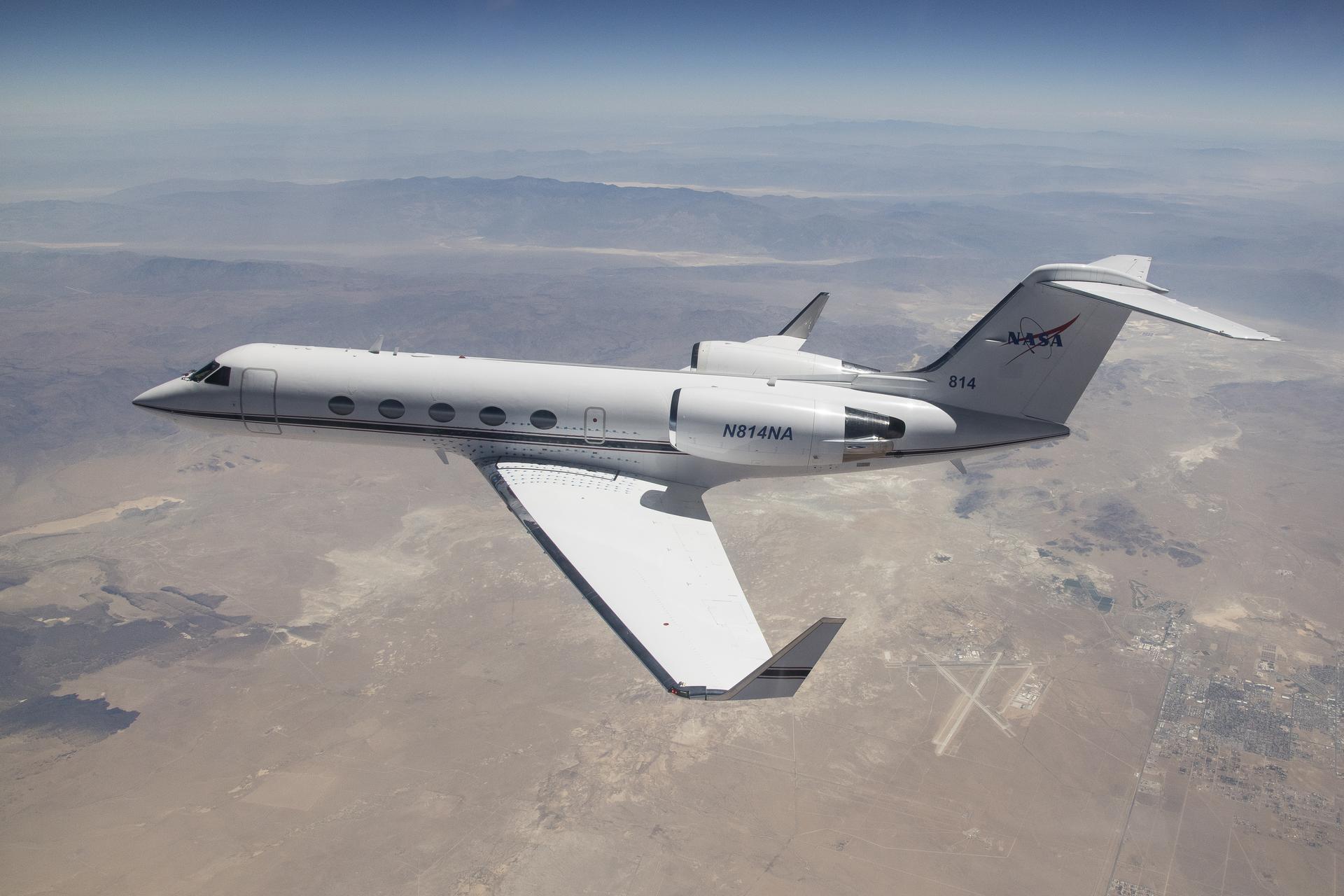
In June 2024, a new tail number swept the sky above NASA’s Armstrong Flight Research Center in Edwards, California. Pilots…
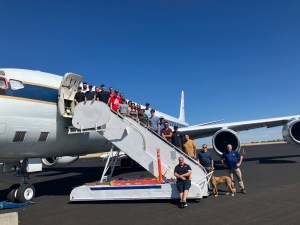
In May 2024, Idaho State University’s class of 2025 received a new learning tool from NASA. The DC-8 aircraft served…
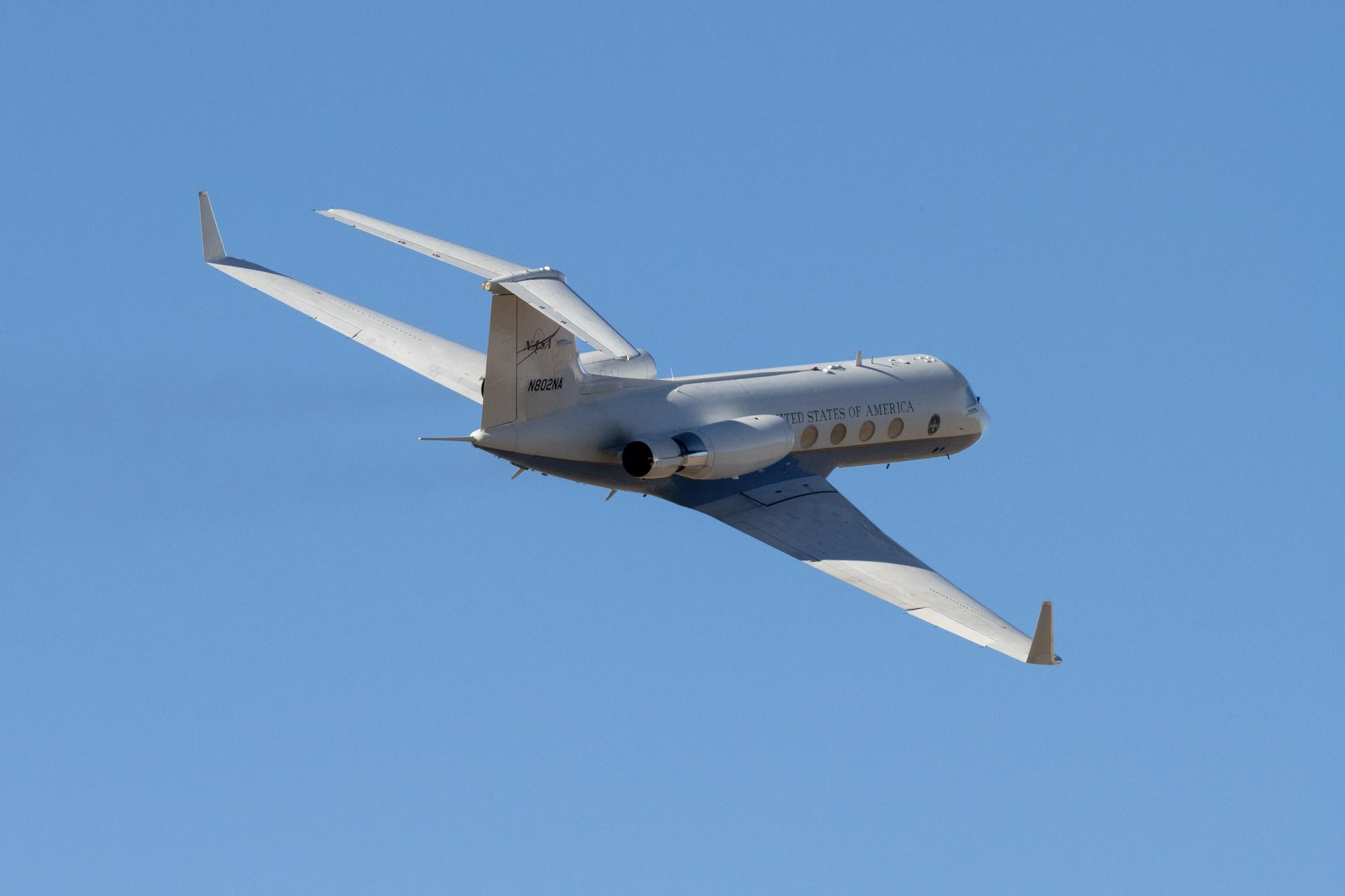
Operating internationally over several countries this summer, NASA’S C-20A aircraft completed more than 150 hours of science flights across two…
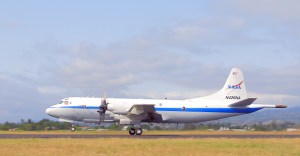
This summer between June 17 and July 2, NASA will fly aircraft over Baltimore, Philadelphia, parts of Virginia, and California…
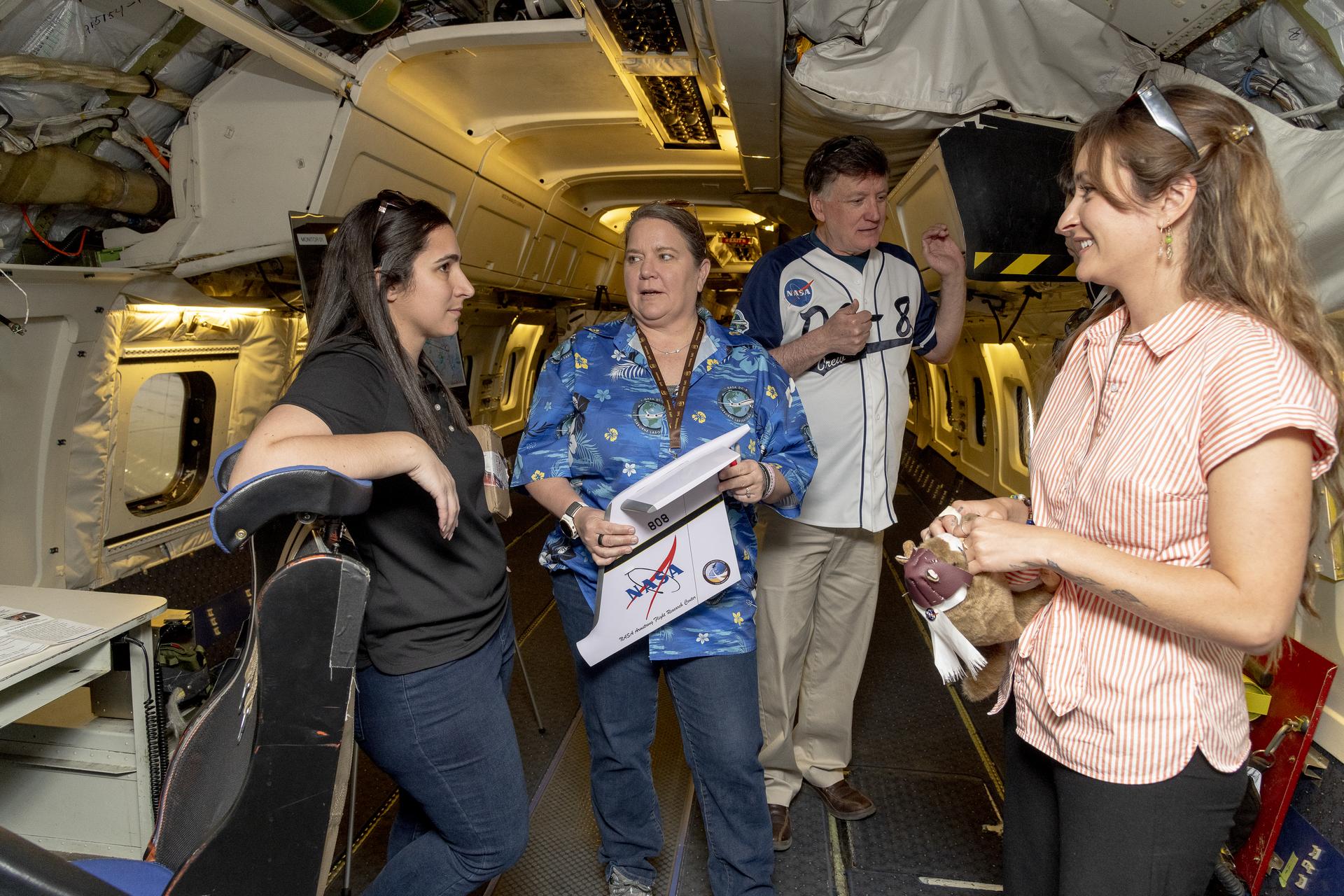
After flying more than three decades and 158 science campaigns, just one flight remains. NASA’s DC-8 Airborne Science Laboratory will…
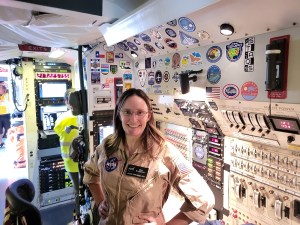
NASA’s DC-8 aircraft – the world’s largest flying science laboratory – began its science missions in 1987 and since then,…
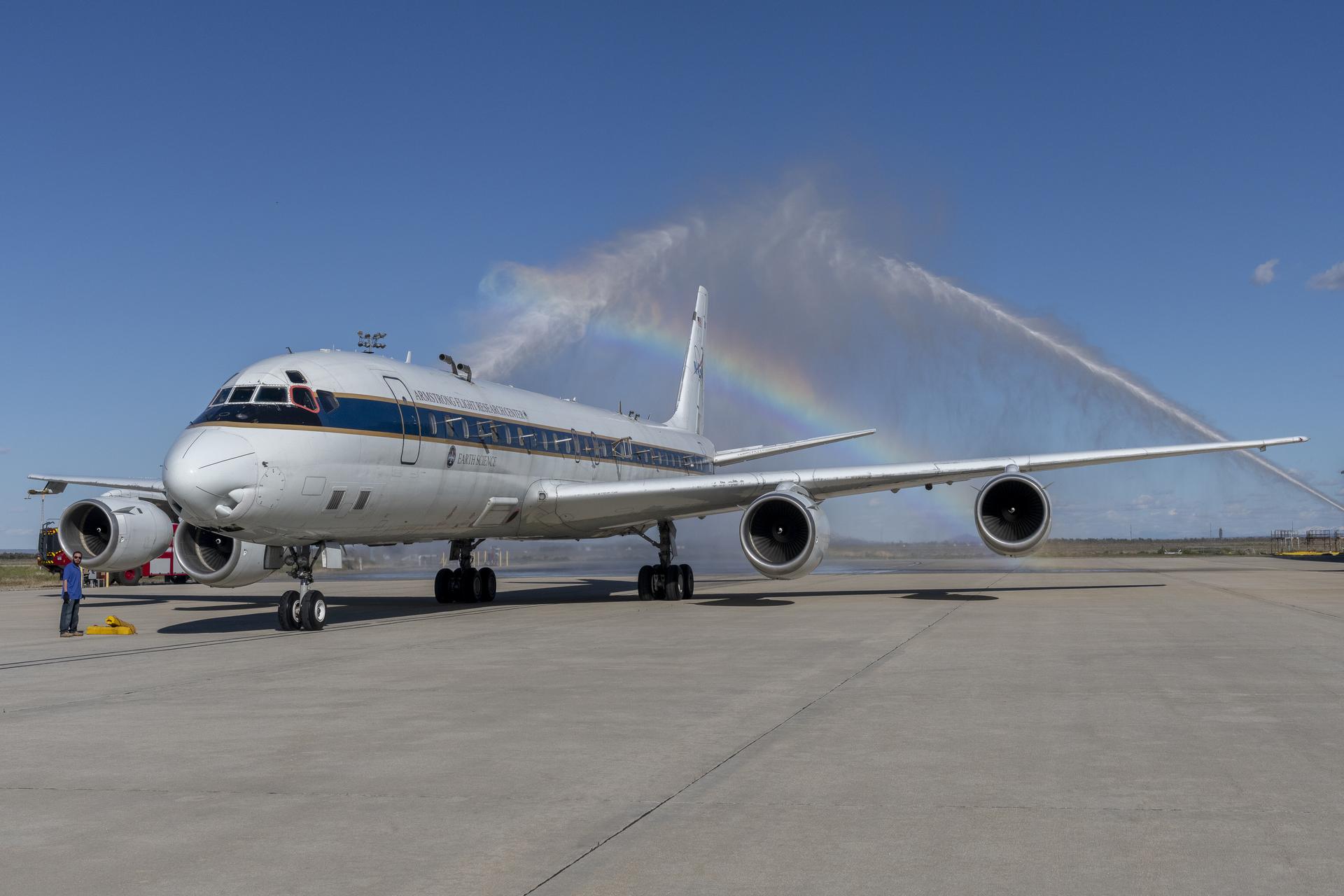
After 37 years of successful airborne science missions, NASA’s DC-8 aircraft completed its final mission and returned to the agency’s…
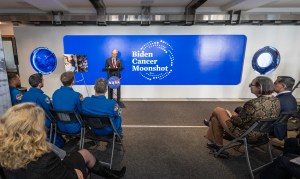
During an event at NASA Headquarters in Washington Thursday, NASA Administrator Bill Nelson and U.S. Department of Health and Human…
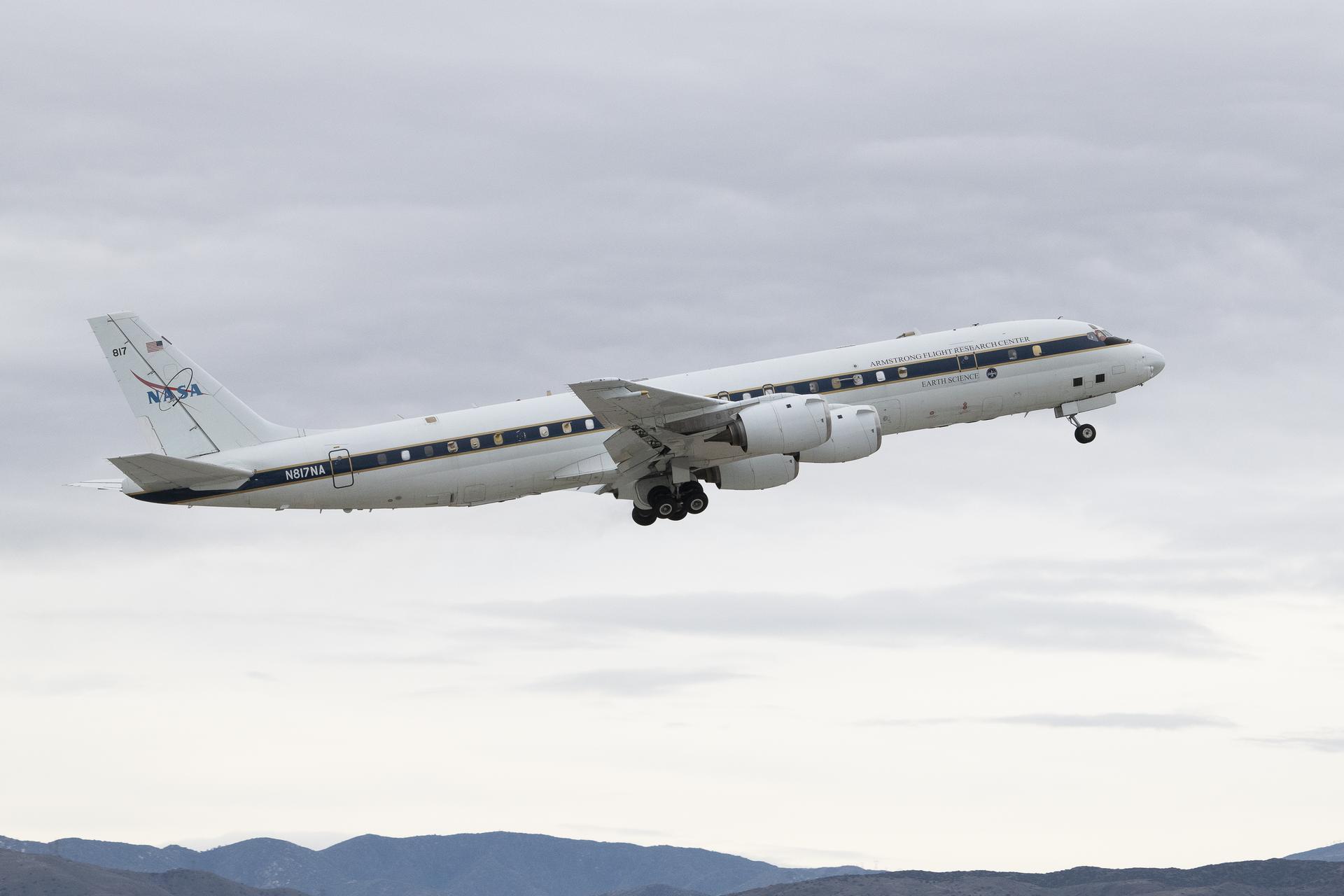
NASA and international researchers are studying the air quality in Asia as part of a global effort to better understand…
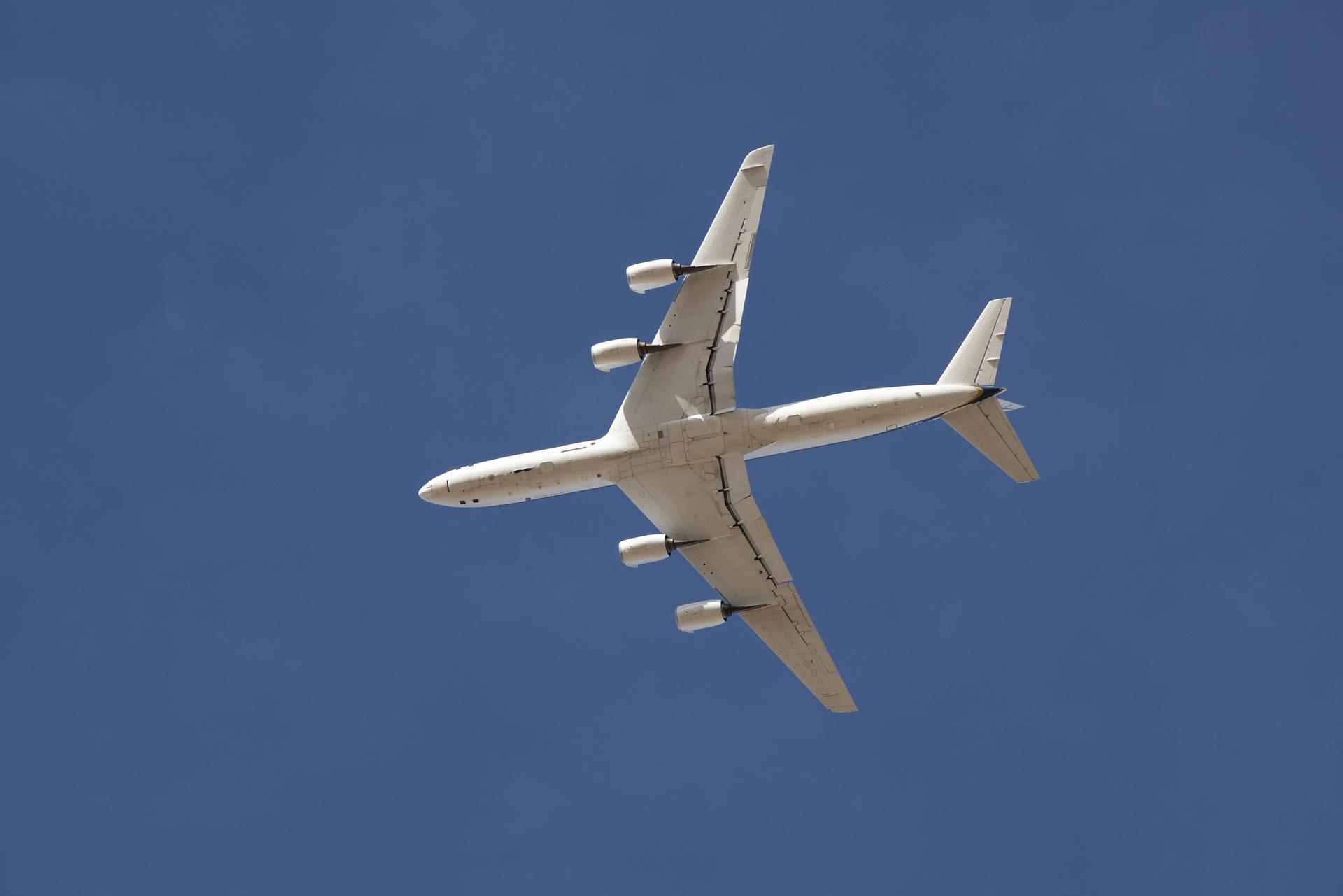
What: NASA Armstrong Flight Research Center’s DC-8 aircraft will fly over Central Valley and surroundings areas as part of an air…

In September 2023, NASA aircraft began supporting an effort to find and map critical mineral deposits in Western regions of…
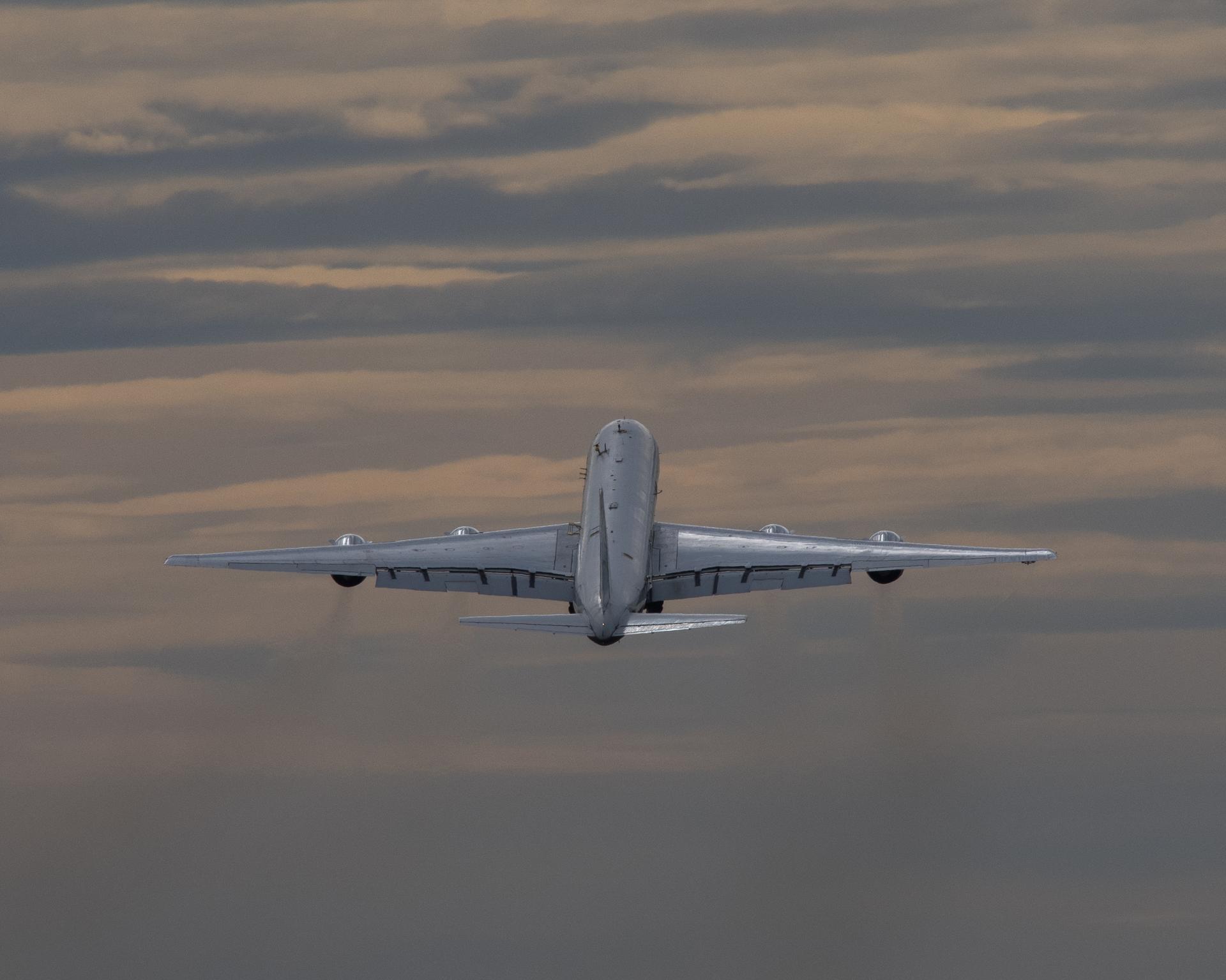
Contrails, the lines of clouds from high-flying aircraft that crisscross the skies, are familiar sights, but they may have an…
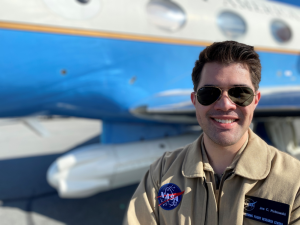
Based at NASA’s Armstrong Flight Research Center in Edwards, Calif., Joe Piotrowski is the lead operations engineer for the King…

NASA to Showcase Revolutionary Aero Tech at Aviation Day Event
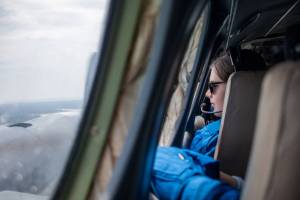
Flying over and tromping through watery landscapes along the East Coast, working alongside NASA scientists, and recording measurements about the…

Media are invited to a virtual media day on Tuesday, Aug. 15 at 8:00-9:00 AM PST to learn about NASA…
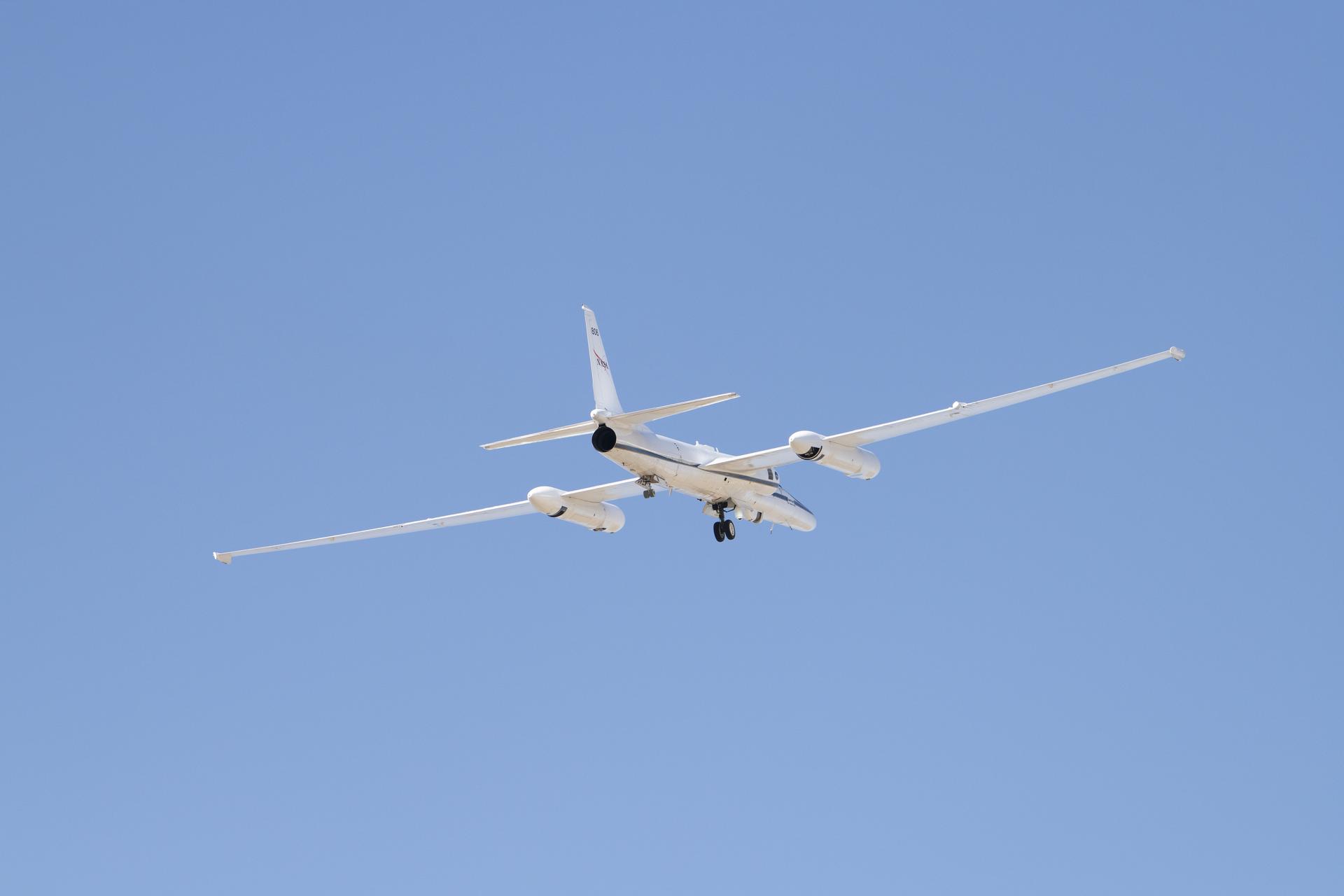
In July 2023, NASA’s ER-2 aircraft has been flying close to thunderclouds to investigate lightning and its connection to the…

The STAQS mission is connecting air quality from space to skies to the streets of Chicago, New York, Toronto, and…
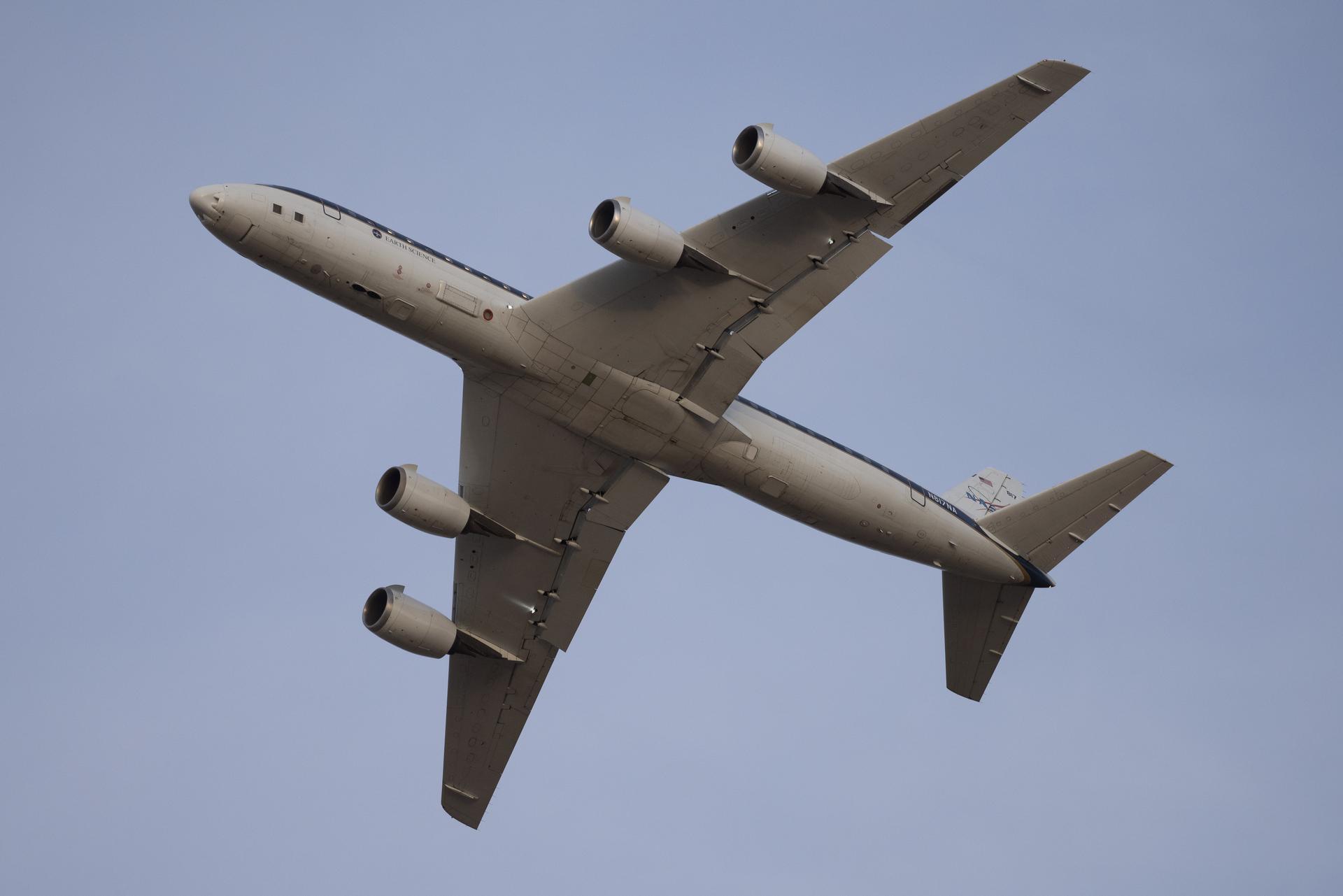
Often research associated with air quality and pollution prioritizes transportation – especially car emissions – as an area of focus.…
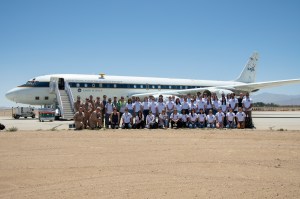
This summer, NASA's Student Airborne Research Program (SARP) will celebrate its 15th anniversary.
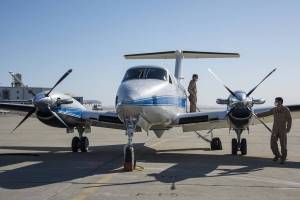
More than 1 billion people rely on seasonal mountain snowmelt as a resource for their water supply and a team…
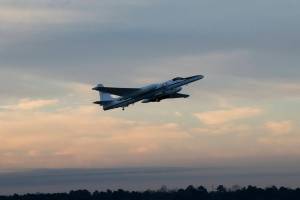
NASA’s ER-2 high-altitude aircraft, based at NASA’s Armstrong Flight Research Center in Palmdale, California, completed more than 30 flights in…
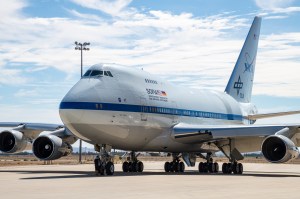
PALMDALE, Calif.- The Stratospheric Observatory for Infrared Astronomy (SOFIA) will be flying from NASA’s Armstrong Flight Research Center in Palmdale,…
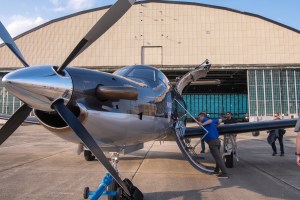
When researchers test communications technology for the national airspace, they will be using a newly acquired tool at NASA’s Glenn…
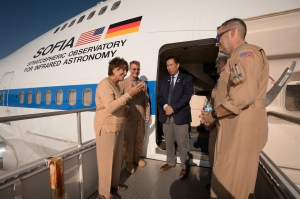
On Oct. 14, 2022, Rep. Anna G. Eshoo and Eugene Tu, center director at NASA’s Ames Research Center in California’s…
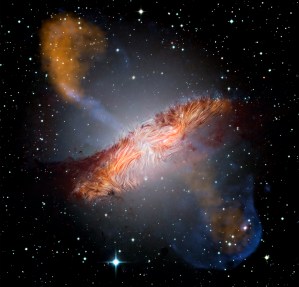
The Stratospheric Observatory for Infrared Astronomy (SOFIA) was a mission of discovery, revealing unseen – and sometimes unseeable – parts…
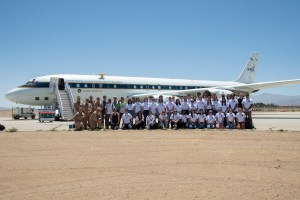
A group of university students and mentors flew aboard NASA Armstrong Flight Research Center’s DC-8 aircraft to study air quality…



